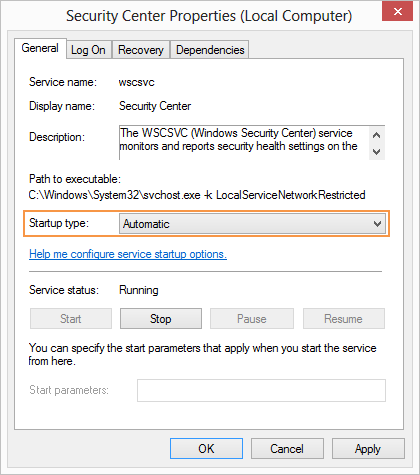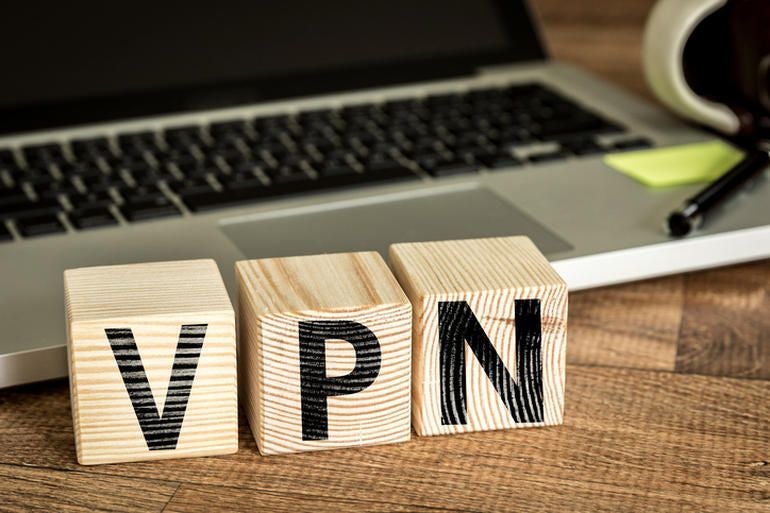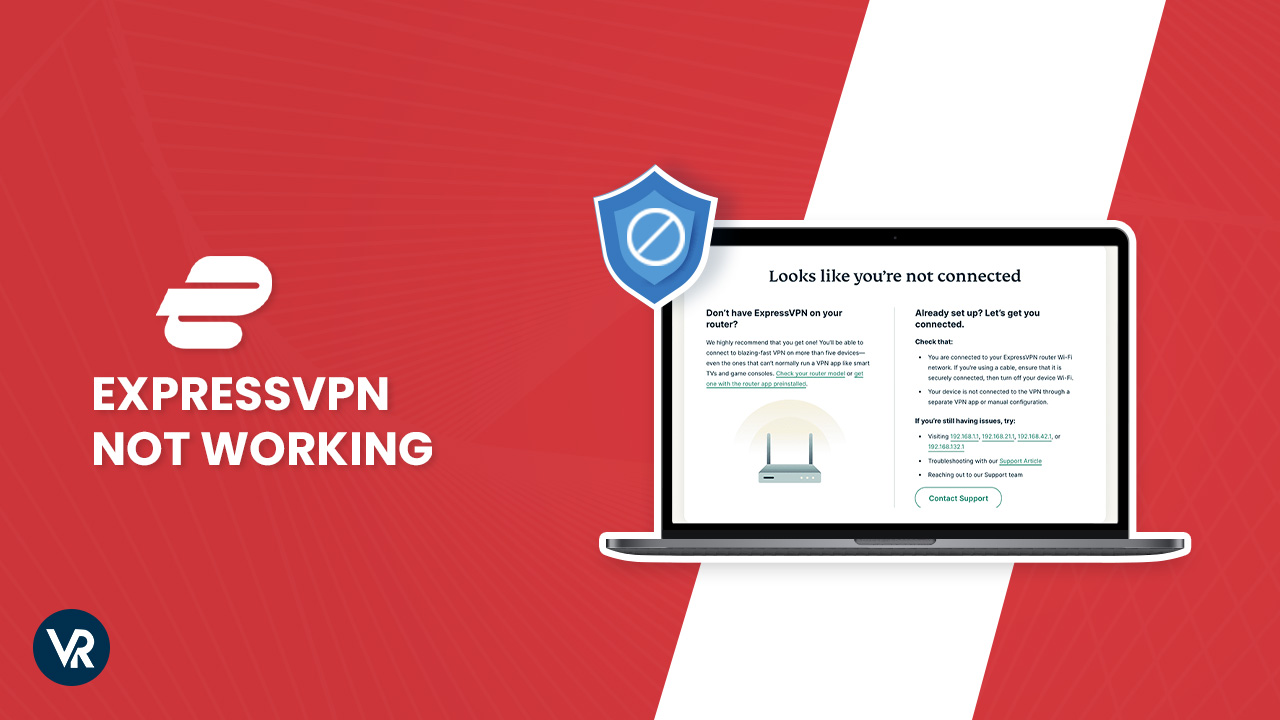Featured
Table of Contents
How To Troubleshoot Vpns - Fix Common Vpn Problems!

The Routing and Remote Gain access to snap-in lives within the Microsoft Management Console, called the MMC. There are numerous ways to access the MMC. You can choose the console from the Start menu's Programs options, within the Administrative Tools folder within Windows server's Control board or by typing mmc at a command timely.
As Tech, Republic's Brandon Vigliarolo shows within his video at the start of this post, the Services console shows the status of the Routing and Remote Access entry. From within the Solutions console and with the Routing and Remote Access entry highlighted, you can click Start the Service or right-click the entry and select Restart.
In some cases the VPN customer and VPN server are set to using different authentication methods. Confirm whether an authentication error is the problem by opening the server console. Yet another approach of accessing the MMC is to type Control+R to open a command prompt in which you can type mmc and hit Enter or click OK.
If the entry isn't present, click File, select Add/Remove Snap-in, select the Routing and Remote Gain access to choice from the choices and click Include, then OK. With the Routing and Remote Gain access to snap-in added, right-click on the VPN server and click Characteristics. Then, examine the Security tab to confirm the authentication approach.
Troubleshooting - Barracuda Campus
Guarantee the VPN customer is set to the authentication technique defined within the Security tab. Generally the items simply evaluated are responsible for many VPN connection refusal mistakes. Other basics need to be correct, too. If the Windows Server hosting the VPN hasn't joined the Windows domain, the server will be not able to confirm logins.
Each Web-based VPN connection generally uses 2 different IP addresses for the VPN customer computer. This is the IP address that's utilized to develop the preliminary TCP/IP connection to the VPN server over the Web.

This IP address normally has the very same subnet as the regional network and thus enables the client to communicate with the local network. When you established the VPN server, you must configure a DHCP server to appoint addresses to clients, or you can develop a bank of IP addresses to designate to clients directly from the VPN server.


If this choice is selected and the reliable remote access policy is set to permit remote access, the user will have the ability to connect to the VPN. I have actually been not able to re-create the scenario personally, I have actually heard reports that a bug exists in older Windows servers that can cause the connection to be accepted even if the effective remote gain access to policy is set to deny a user's connection.
Common Vpn Connectivity Issues

Another common VPN issue is that a connection is effectively developed however the remote user is unable to access the network beyond the VPN server. By far, the most common cause of this problem is that consent hasn't been given for the user to access the whole network. To permit a user to access the entire network, go to the Routing and Remote Gain access to console and right-click on the VPN server that's having the problem.
At the top of the IP tab is an Enable IP Routing check box. If this check box is allowed, VPN users will have the ability to access the rest of the network, presuming network firewall softwares and security-as-a-service settings allow. If the checkbox is not picked, these users will be able to access just the VPN server, however absolutely nothing beyond.
If a user is dialing directly into the VPN server, it's usually best to set up a fixed path between the customer and the server. You can configure a static path by going to the Dial In tab of the user's residential or commercial properties sheet in Active Directory Users and Computers and choosing the Apply A Fixed Route check box.
Click the Add Path button and then go into the destination IP address and network mask in the area provided. The metric should be left at 1. If you're using a DHCP server to appoint IP addresses to customers, there are a couple of other issues that might cause users not to be able to surpass the VPN server.
How To Fix Vpn Not Connecting Problem
If the DHCP server appoints the user an IP address that is currently in use in other places on the network, Windows will discover the conflict and avoid the user from accessing the rest of the network. Another typical problem is the user not receiving an address at all. The majority of the time, if the DHCP server can't designate the user an IP address, the connection will not make it this far.
If the customer is designated an address in a variety that's not present within the system's routing tables, the user will be unable to browse the network beyond the VPN server. Make sure the resources the user is attempting to access are in fact on the network to which the user is linking.
A VPN connection to the other subnet might, in reality, be required. A firewall or security as a service solution might also be to blame, so don't forget to review those services' settings, if such parts exist in between the VPN server and the resources the user looks for to reach.
The first possibility is that a person or more of the routers included is carrying out IP package filtering. IP package filtering could prevent IP tunnel traffic. I suggest inspecting the client, the server and any machines in between for IP packet filters. You can do this by clicking the Advanced button on each maker's TCP/IP Properties sheet, selecting the Options tab from the Advanced TCP/IP Settings Characteristic sheet, selecting TCP/IP Filtering and clicking the Properties button.
Latest Posts
Best Vpn Services 2023 — Today's Top Picks
Best Vpns For Small Business In 2023
Vpn Connectivity And Troubleshooting Guide